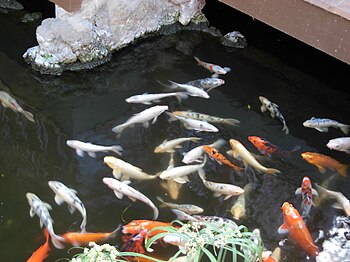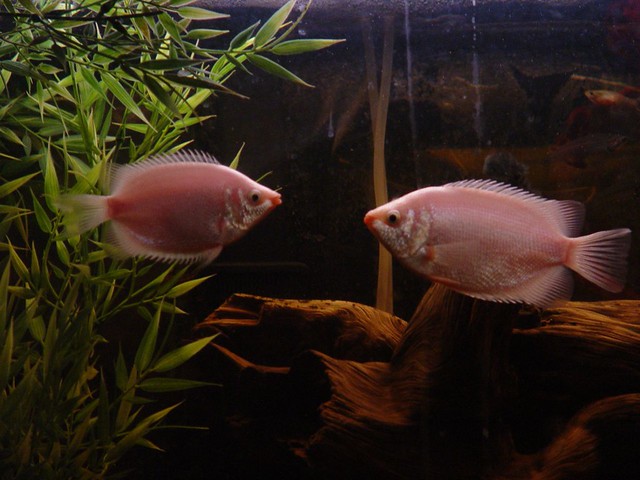It would be easy to understand why so much freshwater fish aficionado loves the discus fish. It’s very attractive and most definitely one of the most beautiful creatures that one can keep in an aquarium. Some would disagree saying that there are others more beautiful but that is just a matter of opinion, an opinion that millions of aquarium owners have made by owning a discus fish today.
This mesmerizing fish though comes with a hefty price tag. Some sellers have been found to be selling their discus fish in the northern region of 250 dollars. That is very stiff indeed, especially if you want to have more than one discus fish, and if you’re going to breed them, then a pair would certainly be needed. But, if you want to have an aquarium full of discus fish and want to save money in doing so, then you would just have to breed them yourself. Breeding discus fish is not as hard as you may think; it’s not as simple either. There certainly will be some costs, but if you do it right, you will be saving money in the long run.
In starting out, you have two options. First is the certain option, which is more expensive though. All you have to do is go to a pet shop and buy a breeding pair. This can set you back about 300 dollars. But you can be sure that one is a male and one is a female. If you want to save some money, but you can’t really be sure that they would breed, is to buy baby discus fish, about six to eight of them. You can just hope that at least one or two of them are male or female. Typically though, there would be one of the opposite sex, so you would just have to wait until they grow up.
When they reach adulthood, you will soon observe that if there is indeed a pair, both of them will soon claim a space in the tank, and start protecting it. This pair will then be your breeding pair. Have a breeding tank ready as soon as you discover them. A breeding tank should be separate from the main tank so as to protect the spawn, at the least; your breeding tank should be 20 gallons.
When you have finally established your discus fish breeding tank, transfer some of the water from your original tank, this will prevent your discus fish from experiencing stress in being exposed to a new tank. Don’t put any gravel or sand inside your tank, this will make it easier for you to clean your tank from leftover food. Just place inside a vertical surface where your discus fish can spawn. You can use an upside down pot made from ceramic, or a plant.
It is imperative that you check on the water from time to time for rising in the water temperature and ammonia level. Daily cleaning is also a must. If you want to save money breeding discus fish, then prevent them from dying, a clean water will increase your chances of breeding discus fish from your initial investment.









